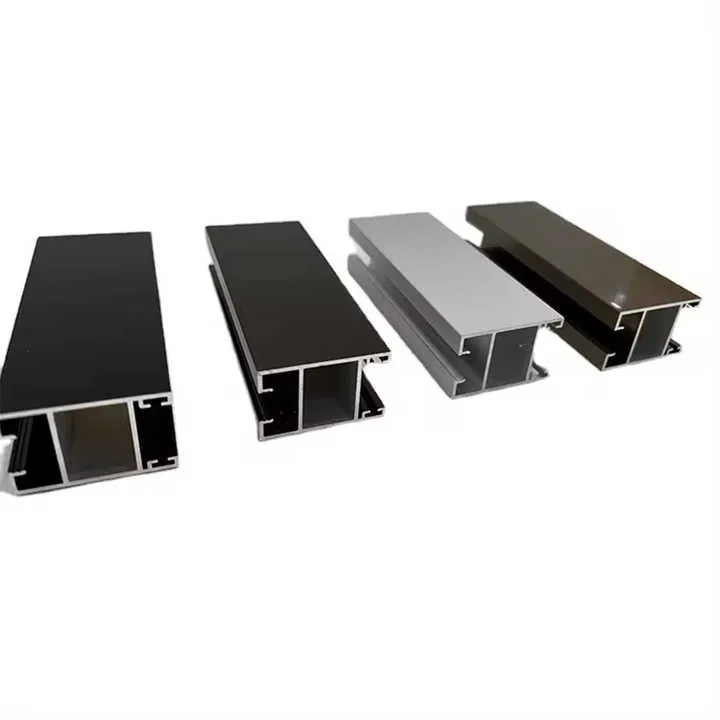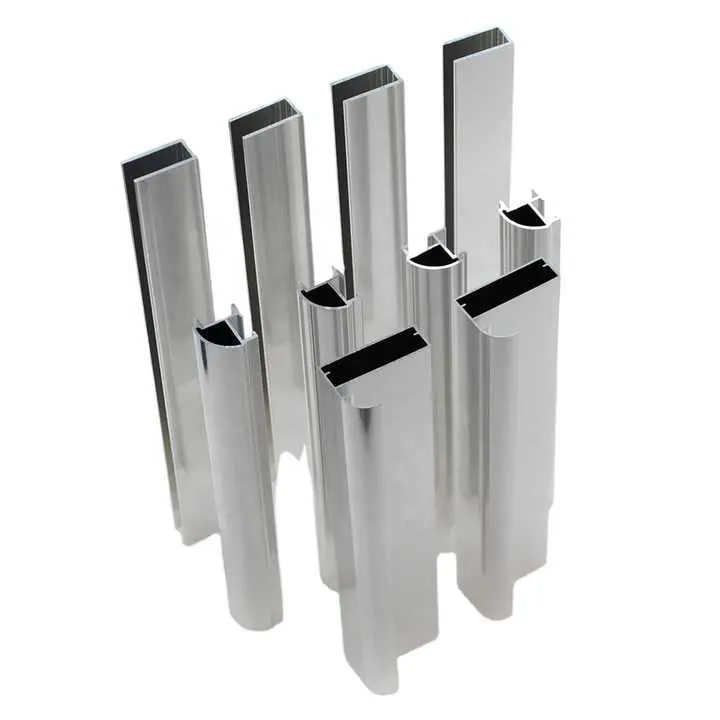PVDF coating vs powder coating for architectural cladding?

I once stood under a freshly clad building and asked: which finish will truly last?
PVDF coating and powder coating are top choices for architectural cladding, but they differ in weather resistance, longevity, cost, and care needs.
Let’s explore how they compare so you can decide smartly for your next project.
How do they compare in weather resistance?
I watched panels fade on a sunny facade and learned how coatings react to the elements.
PVDF coating uses high-performance fluoropolymer with over 70% resin content, delivering superior UV and weather resistance compared to powder coating.

PVDF (Polyvinylidene fluoride) coatings include multiple layers: primer, 70–80% PVDF topcoat, and optional back-coat. The high-quality resin resists UV degradation, chalking, color fade, and pollutants. Paint firms grade it as AAMA 2605 standard. That means 10+ years of color and gloss retention in harsh climates.
Powder coating uses electrostatically applied polyester, epoxy, or hybrid resin that is baked. Standard polyester powders meet AAMA 2604 with weaker UV performance. Premium polyurethane powders can come close, yet most fall short of AAMA 2605. They may chalk or fade earlier. Also, polyester powders can develop micro-cracking under intense UV and thermal cycling.
Comparison table:
| Feature | PVDF Coating (AAMA 2605) | Premium Powder Coating (AAMA 2604+) |
|---|---|---|
| UV resistance | Excellent | Good–Very good |
| Color retention (10 years) | ~90% | ~80–85% |
| Chalk resistance | Superior | Moderate |
| Resistance to pollutants | Very good | Good |
| Resistance to cracking | Excellent | Moderate |
PVDF handles acid rain, salt spray, and coastal climates much better. I’ve seen PVDF panels maintain color and gloss even after 15 years near ocean fronts. Powder panels may show chalking or slight fade in the same timeframe.
PVDF coating resists UV and weather better than powder coating.True
PVDF uses a high resin content and meets AAMA 2605, giving superior UV and weather resistance over standard powder coatings.
Premium powder coating offers the same UV protection as PVDF.False
Most premium powders meet AAMA 2604, which does not match PVDF’s AAMA 2605 level of UV resistance.
Which coating lasts longer?
I compared two facades—one PVDF, one powder—after a decade. The differences were clear.
PVDF coating can maintain acceptable performance for 20–25 years, whereas powder coating typically lasts 10–15 years depending on exposure and quality.

Most PVDF systems carry warranties for 20 years on color and chalk. In practice, we see up to 25 years in low pollution, temperate climates. In harsh zones, expect slower degradation than powder.
Powder coating warranties vary: 10 years for polyester and 15 years for high-end variants. After that, color fade and chalk become visible. In moderate climates, powder cladding may last 12–18 years. In extreme sun or marine zones, longevity pushes nearer the lower bound.
Longevity table:
| Coating Type | Manufacturer Warranty | Typical Lifespan |
|---|---|---|
| PVDF (AAMA 2605) | 20 years | 20–25 years |
| Premium Powder | 10–15 years | 10–15 years |
| Standard Powder | 5–10 years | 5–12 years |
PVDF panels last nearly twice as long as premium powder-coated panels.True
PVDF has higher UV and weather resistance and longer warranties compared to premium powder coatings.
Powder-coated panels and PVDF panels have equal service life.False
PVDF coatings generally last longer and maintain appearance better than powder coatings, especially in UV exposure.
What are cost differences upfront vs long term?
I once calculated total cost over 25 years and saw the real value. It surprised me.
PVDF is more expensive upfront—30–50% more than powder coating—but lower maintenance and longer life often make it more economical long term.

Upfront costs
PVDF raw materials and specialized application equipment drive prices up. Expect a 30–50% premium over powder. For example:
- Powder-coated panel: $15–20/m2
- PVDF-coated panel: $20–30/m2
Lifecycle costs
Powder requires cleaning, repairs, and eventual recoat or replacement sooner. Recoating a 1000?m2 facade every 12–15 years costs $10–15/m2 plus labor. Over 25 years, that may total $50–70 extra per m2.
PVDF may need minimal maintenance and holds appearance longer. Over 25 years, lifecycle cost can be 10–20% lower than powder.
Cost comparison
| Element | Powder Coating | PVDF Coating |
|---|---|---|
| Initial Cost (m2) | $15–20 | $20–30 |
| Maintenance Cost (25 yr) | $30–60 | $10–20 |
| Total Cost (25 yr) | $45–80 | $30–50 |
In projects where appearance and durability matter, PVDF’s benefits offset its premium. Lower maintenance is valuable too in tall or inaccessible facades.
PVDF coating is always more expensive over the building life.False
Although PVDF has higher upfront cost, its longer lifespan and lower maintenance can make it less expensive long term.
Powder-coated cladding costs less upfront than PVDF.True
Powder coating has lower material and application costs compared to PVDF coatings.
Which maintenance routines differ?
I walked on scaffolding cleaning panels and learned the difference in care.
PVDF panels are low maintenance—periodic gentle washing; powder-coated panels may need more frequent cleaning and occasional touch-ups.
PVDF maintenance
- Clean with mild detergent and water every 1–2 years.
- Rinse well to avoid soap streaks.
- No need for repainting or touch-ups unless damaged.
- Inspect seals and joints with facade inspection cycles.
Powder coating care
- Clean with mild detergent—recommended yearly, more often in polluted environments.
- Check chalking—when buildup appears, apply sealant or touch-up paint.
- Recoat or repaint when chalking or color fade exceed 50%—usually after 10–15 years.
Summary Table
| Maintenance Task | PVDF Coating | Powder Coating |
|---|---|---|
| Wash frequency | Every 1–2 years | Every year or more |
| Chalking check | Minimal risk | Required after 5–10 years |
| Re-touch/repaint need | Rare | Common after 12–15 years |
| Seal and joint inspection | Regular cycles | Same as PVDF |
PVDF needs fewer interventions. Powder-coated facades need more care to stay fresh, especially in UV or coastal zones.
PVDF cladding rarely needs recoating.True
PVDF resists chalking and color fade, reducing the need for repainting.
Powder-coated panels require touch-ups over time.True
Powder coatings tend to chalk and fade, requiring occasional sealing or repainting.
Conclusion
Choosing between PVDF and powder coatings depends on your priorities. PVDF delivers superior weather resistance, longer lifespan, and lower long-term cost and maintenance. Powder coating costs less up front, offers design variety, and works well for less demanding locations. For iconic, long-lasting facades, PVDF is the smart choice. For smaller, budget-sensitive projects, powder meets the need.



